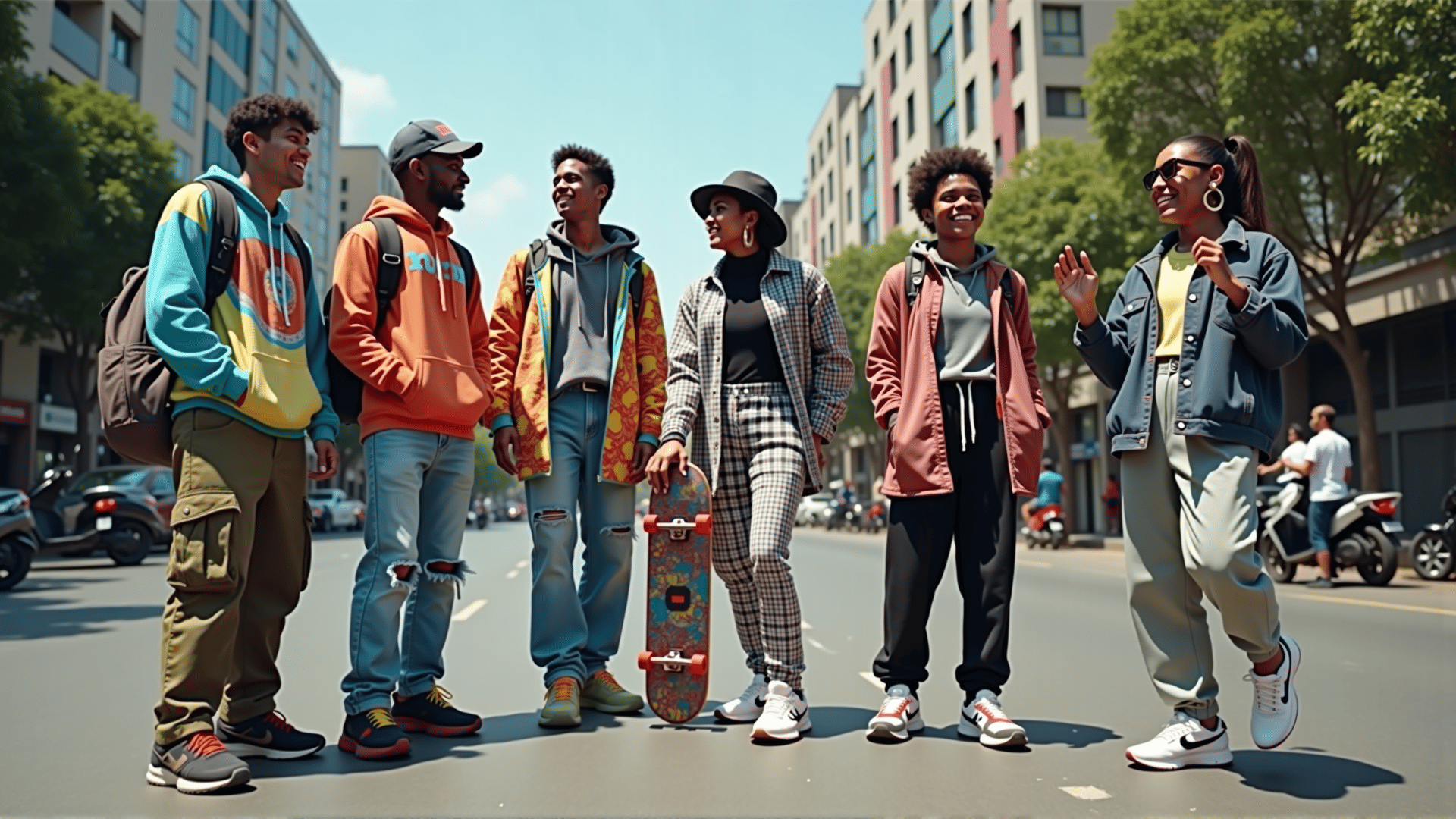Streetwear fashion, once synonymous with the streets of New York and Los Angeles, has found a new home in India, captivating the youth and reshaping the country's fashion landscape. Born from the counterculture movements of the 1980s and '90s, streetwear has evolved into a global phenomenon that transcends traditional fashion norms, and India is no exception.
The streetwear movement in India has been fueled by a confluence of factors, blending local creativity with global influences. As disposable incomes increase and internet penetration deepens, Indian youth are aligning with global fashion trends while also seeking expressions that resonate with their local identities.
One of the pivotal elements driving the rise of streetwear in India is the emergence of local brands that capture the zeitgeist of the young Indian demographic. These brands, such as VegNonVeg, Strey, and NorBlack NorWhite, offer a unique blend of traditional and contemporary designs. They infuse local art, culture, and storytelling into their collections, making streetwear in India distinct from its Western counterparts. The result is a fusion of traditional motifs with modern silhouettes and vibrant, bold designs that speak to the diverse and dynamic youth culture present in the country.
Global influences also play a significant role. International brands like Nike, Adidas, and Supreme have found a dedicated customer base in India. Collaborations between global brands and local artists or designers are increasingly common, bridging the gap between local culture and global streetwear trends. Moreover, Indian celebrities and influencers have embraced streetwear, showcasing it as a symbol of status and coolness, thereby amplifying its popularity among their vast followings.
Social media platforms have further propelled streetwear's prominence among Indian youth. Instagram, in particular, serves as a crucial platform where young fashion enthusiasts and creators converge, share ideas, and showcase their streetwear style. The platform acts as a melting pot of inspiration, where Indian youth are exposed to diverse styles from across the globe and reinterpret them within their cultural contexts.
Beyond aesthetics, streetwear in India also serves as a medium for self-expression and social commentary. Many Indian streetwear brands are leveraging their platforms to discuss social issues, use fashion as activism, and bring attention to causes such as sustainability, inclusivity, and mental health awareness. For a generation deeply engaged in societal conversations and digital activism, streetwear offers a tangible way to embody and vocalize their beliefs.
Moreover, the rise of streetwear is reshaping Indian retail. The growing demand for these styles has led to a surge in streetwear-oriented stores, both physical and online. Pop-up shops and streetwear festivals are becoming more frequent, providing avenues for fans to engage with the community and for creators to showcase their work in vibrant, social settings.
In conclusion, the rise of streetwear in India is a testament to the country's evolving fashion sensibilities and its youth's quest for identity, activism, and global connectivity. As local brands continue to innovate and global influences permeate, streetwear will likely remain a formidable force in shaping India's fashion frontier. With its blend of creativity, community, and commentary, streetwear fashion is not just a trend but a burgeoning movement that reflects the aspirations and attitudes of modern Indian youth.
